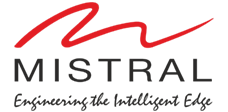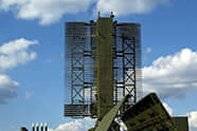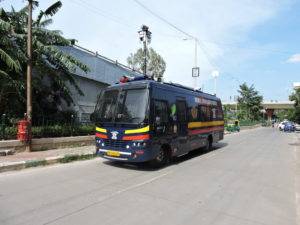Introduction
The Indian Railways is the fourth largest rail network in the world, after the USA, Russia, and China, and boasts of over 100,000 kms. of track and close to 7,000 stations. It runs around 11,000 trains daily, of which 7,000 are passenger trains carrying in excess of 13 million passengers. With the increasing density in freight and passenger traffic, the increase in extreme weather events on account of global warming, and the increased threat of terror strikes, the potential for crises and disasters is much greater today than at any time in the past.
Although Indian Railways has been upgrading its infrastructure to newer technologies, constantly; most of the technology upgradation has happened in the functions of signalling, communications, and locomotives. In the functions of Disaster Management and Emergency Response, the use of new technologies has not been as widespread. This brief looks at how the Disaster Management/Emergency Response function can be made significantly more effective through the use of C4ISR solutions.
The ART in accident relief
The Indian Railways is fairly unique, compared to its international counterparts, in that rescue and relief work in the case of rail accidents are its responsibility, and not the responsibility of the local civil authorities. The Accident Relief Train (ART) and its successor, the Self-Propelled Accident Relief Train (SPART), play an important role in such rescue and relief operations.
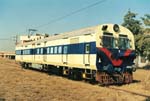 |
| Figure 1: Self-Propelled Accident Relief Train (SPART) (Source: Rail Coach Factory, Kapurthala) |
It is proposed that the addition of one more coach – containing equipment and personnel dedicated solely for tracking and managing, in real-time, multiples resources, agencies, and equipment – to the existing ART, will allow the railway authorities to better co-ordinate rescue and relief operations.
The C4ISR Coach
The proposed C4ISR Coach of the Indian Railways ART will be a standard AC sleeper coach, with two-thirds of the coach cleared off its fitments and furnishing. This section of the coach will be kitted with the furnishing and equipment to deliver Command & Control functionality to the rescue and relief operations.
Furnishing:
The coach will be furnished to hold all the equipment necessary to run a Command & Control centre, to seat up to three operations personnel, and to host up to five officials connected with the rescue and relief operations.
- 36U 19” Rack: Up to two racks will be fitted in the C4ISR coach, to mount electronic equipment (servers, video recorders, communications switches, network switches, and power protectors) in the coach. The racks will be mounted on shock-isolators to ensure that the equipment is protected from the vibrations and shocks when the ART is in motion.
- Operator Console & Chair: The C4ISR Coach will provide working facilities for up to three operations personnel, through a workstation console and chair. Each workstaion console can be fitted with up to two 30” LCD displays, a computer workstation, and standard accessories (keyboard, mouse, joystick/keypad, speakers, microphone, etc.). The consoles will provide network and power points for all equipment mounted on it. The consoles will be mounted on shock-isolators to ensure that the equipment is protected from the vibrations and shocks when the ART is in motion.
- Conference Table: Up to five visiting officials can be hosted around a Conference Table; each with her/his computing and communicating devices. The table will provide network and power points for all users. The table will also be fitted with video-conferencing equipment.
- Large TV display: A large TV display will be mounted on one side of the coach, to display content that needs to be viewed by all present in the C4ISR Coach.
- Electronic equipment storage space: All portable equipment (GPS devices, mobile computers, radio handsets, spare batteries, video surveillance cameras, other surveillance sensors) will be stored in designated areas. The storage facility will be mounted on shock-isolators to ensure that the equipment is protected from the vibrations and shocks when the ART is in motion.
- Files and documentation storage space: Space will be provided to store files, documents, software media, and content media.
- VSAT-Antenna Assembly: In case the ATR is not equipped with a VSAT terminal, a VSAT terminal exclusively for the use by the C4ISR Coach will be fitted in the coach. This assembly will be mechanically fitted at one of the coach exits, and will be rolled out and deployed whenever required. The VSAT unit will connect to the network backbone connecting all the electronic equipment in the coach.
- RF-Antenna Assembly: An optional RF-Antenna assembly may need to be deployed, depending on whether communications with HF, UHF, and VHF devices, as well as other wireless devices, is required. The RF-Antenna Assembly will support any or all of the above communications standards. This assembly too will be mechanically fitted at one of the coach exits and will be rolled out and deployed (typically using a mast), whenever required.
- UPS with batteries: Although power will be supplied by the ART, back-up power will be provided in the C4ISR Coach. A UPS of sufficient capacity with battery back-up for a couple of hours will be fitted in the coach.
Equipment:
The core equipment fitted in the C4ISR coach will allow the rescue and relief team to gather information at and around the site in real-time, and to coordinate actions between various agencies.
- Communications Matrix module: The Communications Matrix module is a standard piece of hardware that will allow call-switching among multiple communications protocols: V/U/HF, Tetra, GSM, CDMA, UMTS, VoIP etc. Please refer to the article Integrated Communications System – for more details.
- Automatic Resource Locator and GIS module: The Automatic Resource Locator and GIS module allows operators to track rescue and relief personnel in real-time all across the incident site, provided the personnel are equipped with GPS devices. More details are provided in the article Geo-Spatial Technologies In C4ISR Solutions For Homeland Security.
- Computer-Aided Despatch (CAD) module: The CAD module allows operators to receive and transmit information to and from different agencies, as well as assign tasks and responsibilties to various teams taking part in the rescue and relief operation.
- Surveillance Sensors: Surveillance sensors, carried in the C4ISR Coach, will allow the rescue and relief teams to gather detailed on-site information, that can be transmitted to a remote HQ for analysis. Such sensors can be wireless video surveillance cameras (fixed/PTZ, optic/thermal, video cameras), trace detectors, and scanners. The data from these sensors can be linked to the GIS module, thereby allowing officials sitting the C4ISR coach and those attending from remote locations to get a Common Operational Picture (COP) of the incident.
The schematic below visually describes the working of the C4ISR concept. Although it shows a motorised vehicle, the functionality can be integrated in the ART.
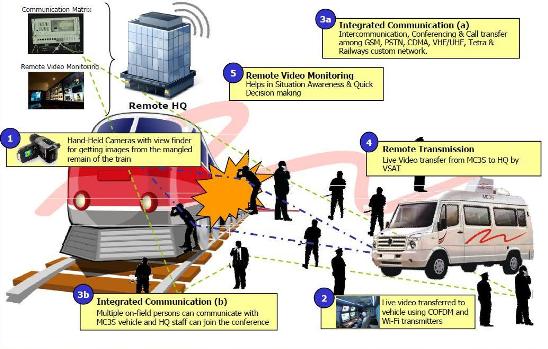 |
| Figure 2: MC3S as Accident Relief Vehicle |
Conclusion
The benefits of attaching a C4ISR Coach to an Indian Railways ART are:
- Enabling detailed and real-time information made available, at the incident site, allowing officials to view a Common Operational Picture of the operation and thereby plan an efficient operation
- Managing the response such that the multiple agencies and teams work in a co-ordinated manner and more effectively
- Allowing up-to-date information to be made available to customer-facing officials, so that only validated and approved information is released to the public
Mistral offers expertise in integrating C4ISR solutions on various platforms. It sells a range of Mobile C4ISR platforms, built on vehicles such as vans, LCVs, and containers. It can easily offer this expertise for Indian Railways too.
